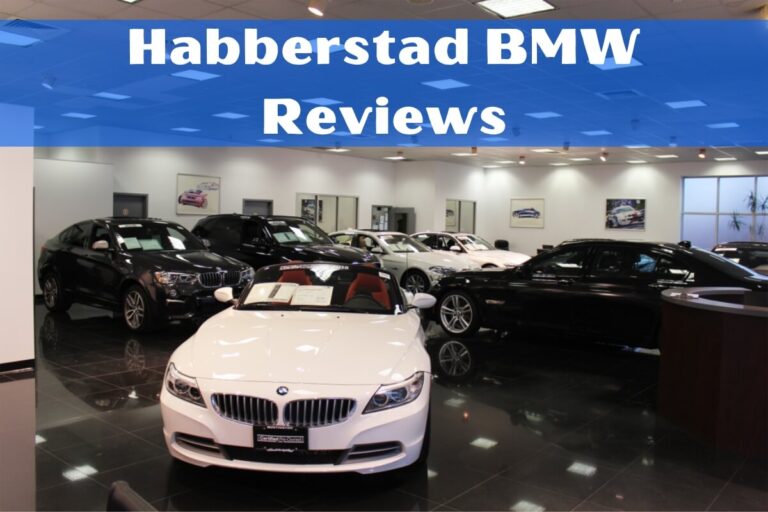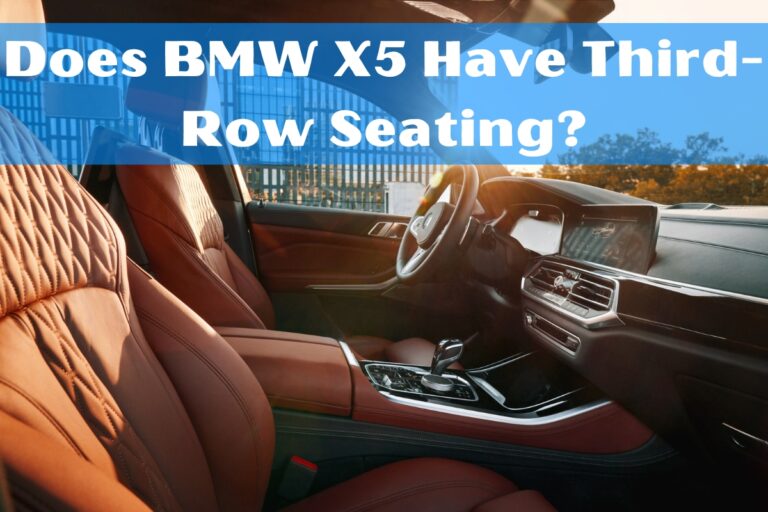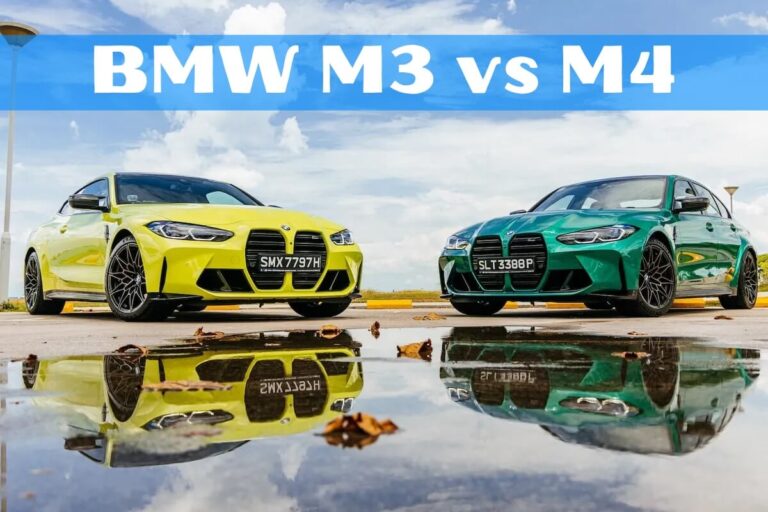Audi Q8 vs BMW X5: Luxury SUV Showdown

Are you in the market for a premium midsize luxury SUV? The Audi Q8 and BMW X5 stand out as two of the top options vying for your attention and hard-earned money. Both offer a compelling blend of style, performance, and high-end amenities. In this in-depth comparison, we’ll break down all the key areas to help you decide which luxurious hauler is the better fit.
The main points we’ll cover include:
- Exterior design and dimensions
- Interior space, comfort, and quality
- Performance capabilities and driving dynamics
- Fuel efficiency ratings
- Available hybrid/electric variants
- Tech features and infotainment systems
- Pricing and overall value
So buckle up and let’s dive into the nitty-gritty details of the Audi Q8 vs BMW X5 battle.
Exterior Design and Dimensions
When it comes to exterior styling, the Audi Q8 and BMW X5 take distinctly different approaches. The Q8 embodies Audi’s latest design language with a bold, coupe-like silhouette. It features a raked roofline, angular bodylines, and an upright octagonal grille. LED headlights come standard, with even more eye-catching matrix LED units available.
In contrast, the X5 sticks to a more traditional SUV shape with iconic BMW design cues like the kidney grille and Hofmeister kink in the rear pillars. It looks muscular and planted, with short overhangs and a long hood. Adaptive LED headlights are standard across the lineup.
Size-wise, these two are very close:
Audi Q8
- Length: 196.6 inches
- Width: 78.5 inches
- Height: 67.2 inches
- Curb weight: 4,772-5,067 lbs
BMW X5
- Length: 194.3 inches
- Width: 78.9 inches
- Height: 69 inches
- Curb weight: 4,985-5,379 lbs
The Q8 is a couple inches longer but slightly narrower and shorter in height compared to the X5. Both are right around the same curb weight territory in their higher trim levels.
Interior Cabin Space and Comfort
Step inside, and you’ll find both the Audi and BMW deliver the upscale cabin experience you’d expect from true luxury vehicles. They utilize high-grade materials like leather upholstery, wood inlays, and metallic accents throughout the interior.
The Q8’s design leans more modern and sleek, with dual touchscreens and minimalist controls. It offers 28.7 cubic feet of cargo space behind the rear seats, expanding to 60.7 cubic feet with the seats folded.
As for passenger room, the Q8 provides:
- 41.6 inches of front legroom
- 38.1 inches of rear legroom
- 37.1 inches of front headroom
- 35.9 inches of rear headroom
The X5, on the other hand, has a more traditional luxury layout with an analog instrument cluster and plenty of physical buttons and knobs. Cargo room is generous at 33.9 cubic feet behind the rear seats, growing to 72.3 cubic feet with the seats down.
Its passenger dimensions include:
- 39.8 inches of front legroom
- 37.4 inches of rear legroom
- 40.8 inches of front headroom
- 38.7 inches of rear headroom
Both provide ample room for four adults to ride in comfort, though the X5 has a slight edge when it comes to rear passenger legroom and headroom. The Q8 counters with a lower deck height for easier loading.
Performance and Driving Dynamics
Under the hood, both the Audi Q8 and BMW X5 bring serious performance to the table, but with slightly different power characteristics.
The Q8 lineup is powered exclusively by a 3.0L turbocharged V6 engine producing 335 hp and 369 lb-ft of torque. It allows a 0-60 mph sprint of 5.6 seconds with Quattro all-wheel drive.
Meanwhile, the X5 offers more engine choices:
- Standard 3.0L turbo inline-six with 335 hp and 330 lb-ft (0-60 in 5.3 sec)
- Optional 4.4L twin-turbo V8 with 523 hp and 553 lb-ft (0-60 in 4.1 sec)
- Or the range-topping X5 M with a 617 hp 4.4L twin-turbo V8 (0-60 in 3.8 sec)
Both come standard with all-wheel drive systems: Audi’s Quattro and BMW’s xDrive. While the Audi delivers strong, linear power, the BMW – especially in V8 guise – provides a more explosive, high-revving feel.
From a handling and steering feel perspective, the X5 has a sportier edge and feels lighter on its feet compared to the Q8. Both offer adjustable air suspension systems to balance ride comfort and cornering composure.
Fuel Economy Ratings
Despite their performance leanings, both the Audi Q8 and BMW X5 return decent fuel economy numbers for the midsize luxury segment.
The Q8 with its 3.0L turbo V6 checks in with an EPA rating of:
- 18 mpg city
- 23 mpg highway
- 20 mpg combined
While the X5 in its standard 3.0L turbo inline-six trim level is rated at:
- 21 mpg city
- 25 mpg highway
- 23 mpg combined
Those choosing the higher output V8 engines will obviously see lower mpg figures in the range of 16-18 mpg combined.
Based on their fuel tank capacities and combined ratings, the Audi Q8 should provide a driving range around 450-500 miles, while the more efficient BMW X5 can stretch closer to 550 miles between fill-ups.
Hybrid and Electric Variants
Both the Q8 and X5 offer electrified variants for buyers seeking improved efficiency and lower emissions.
On the Audi side, there are two Q8 e-tron models:
- Q8 e-tron with a 335 hp plug-in hybrid setup (24 mpg combined, 18 mi EV range)
- Q8 e-tron Sportback with a 402 hp fully electric powertrain (116 MPGe, 280+ mi range)
BMW counters with the X5 xDrive45e plug-in hybrid, which combines a turbo inline-six with an electric motor for a total 389 hp output. It returns 50 MPGe and can travel around 30 miles on electric power alone.
So if you want an emissions-free electric option, the Q8 e-tron Sportback provides over 200 miles more range than the X5 PHEV. But the BMW allows you to enjoy electric driving without ultimately facing the range limitations of a full EV.
Tech Features and Infotainment
In today’s tech-filled world, the dashboard experience plays a huge role in the luxury vehicle ownership experience. Both the Audi Q8 and BMW X5 deliver on this front, but in slightly different ways.
The Q8’s interior is centered around its slick dual touchscreen infotainment system that integrates climate, audio, navigation, and other controls. Higher trims get Audi’s crisp Virtual Cockpit digital gauge display. Standard advanced driver aids include:
- Forward collision warning
- Automatic emergency braking
- Blind-spot monitoring
- Rear cross-traffic alert
- Lane keeping assist
Available upgrades add even more active safety tech like adaptive cruise, traffic sign recognition, and a top-down surround camera system.
Inside the X5, BMW employs its iDrive 7.0 infotainment system with a 12.3″ central touchscreen and digital gauge cluster. While lacking the Q8’s wow factor, it provides intuitive menu layouts and hard buttons for easier control. The Advanced Driver Assistance package equips:
- Front and rear automated emergency braking
- Lane keeping assist
- Blind-spot monitoring
- Rear cross-traffic alert
- Stop & Go adaptive cruise control
A full self-parking assist system is also available, which can be a huge perk in tight urban areas.
Both allow wireless Apple CarPlay and Android Auto integration for seamless smartphone mirroring. You’ll also find premium audio systems from Bowers & Wilkins (Q8) and Harman Kardon (X5) as upgrades over the base setups.
When it comes to cutting-edge digital displays, the Audi Q8 has a minor edge with its slicker touchscreen interface and available Virtual Cockpit. But the BMW X5’s tried-and-true iDrive system is ultra-intuitive, and the optional tech goodies are very compelling.
Pricing and Value
As you’d expect from German luxury brands, the Audi Q8 and BMW X5 don’t come cheap – but you’re paying for premium engineering and prestigious badges. Here’s a pricing overview:
The 2023 Audi Q8 starts at $73,700 for the Premium base trim level. From there, you can step up to the Premium Plus ($79,800) or range-topping Prestige ($89,800) trims. The high-performance RS Q8 variant commands $121,500 to start.
On the flip side, the 2023 BMW X5 has a lower base price of $65,200 for the sDrive40i model (rear-wheel drive). The xDrive40i AWD version starts at $67,500. Pricing then climbs across the X5 lineup:
- X5 xDrive45e plug-in hybrid: $67,000
- X5 M50i V8: $89,300
- X5 M performance model: $119,300
When comparing apples-to-apples on similarly equipped trims with popular packages, you’ll likely find the Q8 carrying a slight premium over the X5, perhaps a few thousand dollars.
The X5’s lower starting price makes it the more affordable entry point into this premium midsize SUV segment. But for the money, both the Audi and BMW deliver outstanding luxury value with their premium cabin appointments, powerful performance, and generous list of standard and available features.
Let’s Complete
There’s no clear winner in this Audi Q8 vs BMW X5 battle – it truly comes down to your personal tastes and priorities. If you prefer a bolder, more style-forward design and cutting-edge tech interface, the Q8 could be the way to go. Its standard turbocharged performance and composed driving dynamics also impress.
However, the BMW X5 counters with a roomier interior (especially for rear passengers), smoother ride quality, and a wider range of powerful yet efficient powertrain choices. Its understated luxury approach and iconic brand cachet could sway many buyers as well.
In the end, you really can’t go wrong with either of these exceptional luxury midsize SUVs. Taking the time to experience both in person can help reveal which one truly speaks to you. No matter which you choose, you’re in for a seriously upscale driving experience wrapped in equal measures of performance, comfort, and tech-laden conveniences.






